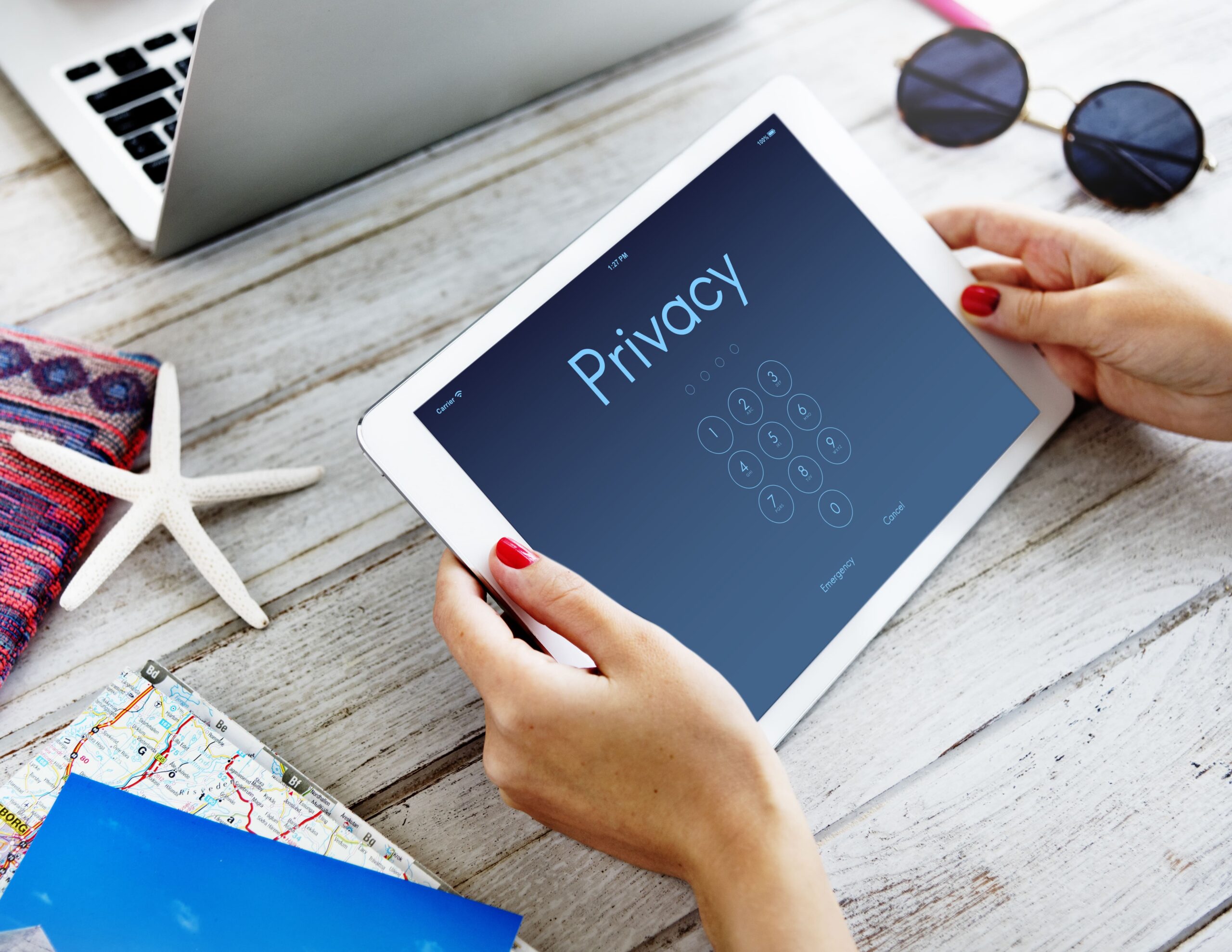In a world interconnected by technology, the concept of collaboration has transcended physical boundaries. The rise of virtual collaborations has redefined how individuals and businesses work together, enabling seamless interaction across time zones and geographical locations.
However, this transformation comes with a critical caveat: the need for stringent confidentiality and data security measures. As we navigate this era of digital collaboration, it is imperative to understand the nuances of data protection and the evolving landscape of data breaches.
Understanding the Challenges
Virtual collaborations offer unprecedented convenience, yet they introduce unique challenges that can compromise data confidentiality:
- Virtual Collaboration Complexities: The digital realm lacks the tangibility of traditional interactions, making it harder to maintain control over sensitive information.
- Remote Work Vulnerabilities: The decentralization of workspaces and the use of personal devices expose data to new risks.
- Blurred Personal-Professional Boundaries: Virtual collaborations often occur within the same digital spaces as personal activities, raising concerns about data leakage.
The Cornerstones of Data Security

Three fundamental principles form the bedrock of data security in virtual collaborations:
- Encryption: Employing encryption techniques ensures that data remains unreadable to unauthorized parties, even if intercepted.
- Two-Factor Authentication (2FA): By requiring multiple layers of verification, 2FA strengthens access control and reduces the risk of unauthorized entry.
- Role-Based Access: Granting access rights based on roles ensures that only authorized individuals can access specific data, minimizing the potential for leaks.
Best Practices for Ensuring Confidentiality
Safeguarding data confidentiality demands proactive strategies:
- Educate Team Members: A well-informed team is the first line of defense. Regularly educate members about the importance of data security and the role they play in upholding it.
- Clear Guidelines: Establish precise guidelines for sharing, storing, and transmitting sensitive information. Clarity eliminates ambiguity and reduces the likelihood of inadvertent breaches.
- Secure Communication Channels: Leverage encrypted communication tools to ensure that confidential discussions remain private and inaccessible to malicious actors.
- Access Control Measures: Implement strict access controls to restrict data access to authorized personnel only. This involves using role-based access controls (RBAC) and strong authentication methods such as multifactor authentication (MFA) to ensure that only individuals with the appropriate permissions can access confidential data.
- Data Encryption: Utilize encryption techniques to protect data both at rest and in transit. This means encrypting data when it’s stored in databases or on devices, as well as encrypting data as it’s transmitted over networks. This adds an extra layer of security, making it difficult for unauthorized parties to decipher the information even if they gain access.
- Regular Auditing and Monitoring: Continuously monitor and audit data access and usage to identify any unusual or suspicious activities. Implement automated systems that generate alerts for potential security breaches, ensuring swift action can be taken in response.
- Data Minimization: Only collect and store the minimum amount of sensitive data necessary for business operations. Unnecessary data increases the potential impact of a breach and creates additional risks. Regularly review and purge any data that is no longer needed.
- Vendor and Third-Party Management: If third-party vendors have access to your confidential data, ensure they follow the same stringent security practices. Conduct due diligence on their security measures and include data security requirements in vendor contracts.
- Incident Response Plan: Develop an incident response plan outlining the steps to take in the event of a data breach or security incident. This should include communication protocols, legal obligations, and technical actions to mitigate the impact and recover swiftly.
- Employee Accountability: Hold employees accountable for their actions related to data security. Implement policies that outline consequences for violating data security protocols, ensuring that everyone takes their responsibilities seriously.
- Regular Security Training and Testing: Conduct regular security training sessions and simulated phishing tests to keep employees vigilant and aware of potential security threats. This ongoing training helps employees recognize and respond to social engineering attempts.
- Continuous Improvement: Data security is an evolving challenge. Regularly assess and update your security practices based on emerging threats, industry best practices, and technological advancements.
By incorporating these additional best practices into your strategy for ensuring data confidentiality, you can build a robust and multilayered defense against potential breaches and unauthorized access.
Technology Solutions
As the realm of virtual collaborations expands, technology serves as a critical ally in fortifying data security. Here are key technological solutions to safeguard sensitive information:
- Secure File-Sharing Platforms: Choose platforms that offer end-to-end encryption, ensuring that files remain protected throughout the sharing process. This prevents unauthorized access and eavesdropping, guaranteeing the confidentiality of data.
- Virtual Private Networks (VPNs): Implementing VPNs adds a layer of security by creating encrypted tunnels for remote team members. This shields data from potential threats while ensuring secure remote access.
- Data Loss Prevention (DLP) Tools: DLP tools monitor and control data transfers, preventing accidental or intentional leaks. By setting rules and policies, organizations can track and restrict the movement of sensitive information.
Cultural and Behavioral Considerations
Technology alone cannot guarantee data security; a culture of awareness and responsibility is equally vital:
- Foster a Culture of Data Security: Nurture an environment where every team member recognizes their role in protecting data. Instill a sense of ownership, emphasizing the importance of data security.
- Leadership’s Role: Leadership sets the tone for data protection. Their commitment to following security protocols and encouraging compliance filters throughout the entire organization.
- Navigate Cross-Cultural Sensitivities: In virtual collaborations, teams often span diverse cultural backgrounds. Address cross-cultural sensitivities to ensure data-sharing practices align with varying norms and expectations.
Compliance and Legal Implications
Adherence to data protection regulations is not just ethical; it’s a legal imperative:
- Understanding Data Protection Regulations: Stay informed about local and international data protection laws. Tailor your data security practices to align with these regulations, ensuring compliance at all times.
- Consequences of Data Breaches: The fallout from data breaches can be severe, including legal penalties, reputational damage, and financial losses. Prioritize data security to avoid these potential pitfalls.
- Navigating International Data Transfer: If your virtual collaborations involve data transfer across borders, navigate international data transfer regulations to ensure that data is handled legally and ethically.
Managing Data During Virtual Meetings
Virtual meetings are prime opportunities for data exposure; here’s how to manage data security during these interactions:
- Securing Virtual Meeting Platforms: Opt for platforms that offer robust security features, such as password protection and waiting rooms, to prevent unauthorized access.
- Secure Sharing: Safely share screens and documents by using platform features that allow selective sharing. Ensure that sensitive information remains hidden from view.
- Recording and Storage Protocols: Establish clear protocols for recording and storing virtual meetings. Encrypt recorded meetings and store them in secure locations to prevent unauthorized access.
Remote Work Environment Considerations
As remote work becomes a pervasive reality, careful attention to the remote work environment is crucial to maintaining data security and confidentiality:
- Secure WiFi Connections: Encourage the use of secure, password-protected WiFi connections to prevent unauthorized access to data during virtual collaborations.
- Company-Approved Devices: Advocate the use of company-provided or approved devices to reduce the risk of compromised security due to outdated software or inadequate security measures.
- Implementing Remote Work Policies: Develop comprehensive remote work policies that address data security and confidentiality. These policies should provide guidelines on secure communication, access control, and data handling.
- Balancing Productivity and Security: Strive for a balance between productivity and security in the remote work environment. Empower remote team members to create secure workspaces without stifling their efficiency.
Handling Data at the End of Collaboration
The conclusion of collaboration demands careful data management to prevent lingering vulnerabilities:
- Secure Transfer of Ownership: When collaborations conclude, ensure that ownership and access rights to data are securely transferred to the relevant parties. Revise permissions and access as needed to prevent unauthorized use.
- Proper Data Archiving: Archive data in compliance with regulations and organizational policies. Encrypt archived data and store it in secure, accessible locations to prevent unauthorized access.
- Data Disposal: If data is no longer needed, dispose of it properly and securely. Deleting data in compliance with legal and ethical standards ensures that no remnants of sensitive information remain.
Conclusion
The landscape of virtual collaborations is both transformative and challenging, demanding a steadfast commitment to data security and confidentiality. As the lines between physical and digital interactions blur, safeguarding sensitive information has become a shared responsibility. This journey requires vigilance, adaptability, and a proactive approach to mitigating emerging threats.
The journey to secure virtual collaborations demands a collective commitment to preserving the confidentiality and integrity of data. As we navigate this complex terrain, remember that data security is not just a safeguard; it’s a testament to our dedication to responsible and ethical collaboration in the digital age.
For personalized guidance and support in effectively navigating confidentiality and data security in virtual collaborations, reach out to our dedicated Office Admin Help team. Protecting your sensitive information is a top priority, and our experts are ready to provide you with the resources, insights, and solutions necessary to maintain a secure virtual workspace.
Contact us today to ensure that your team operates confidently and securely in the digital environment.







